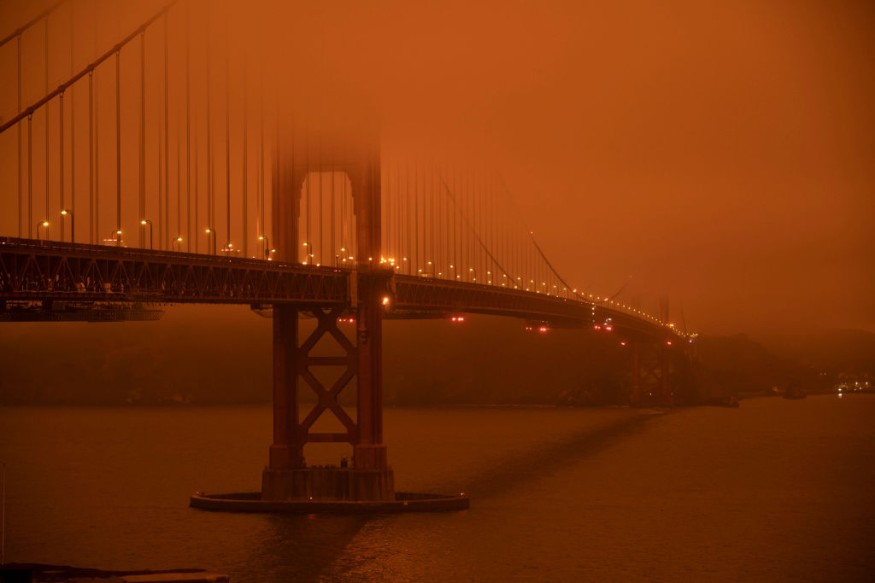California firefighters have been more in demand than usual as California wildfires occur more frequently than before.
San Diego continues to recruit firefighters of the city's largest firefighting agency, training them harder on defense against flames and sizzling heat on the outskirts of the region.
For the past years, California's firefighters face extreme wildfires, suffering from burns and smoke inhalation. Fortunately, worst-case scenario was being brought to hospitals for treatment.

The state has been working with the government for available resources and support for wildfire frontliners in fighting against a climate crisis the city had been experiencing for years, destroying millions of acres of land, tens of thousands of infrastructures and countless threats for human lives.
From 'Fire Seasons' to 'Fire Years'
"Because of climate change, wildland firefighting is no longer a seasonal endeavour," the White House stated.
The state had been establishing a year-round workforce as vital due to wildfires taking longer than usual to die out. It was deemed necessary to maximize availability of firefighters as much as possible, while making sure that they are 'equitably compensated' and competent in the field.
The unprecedented 2020 fire in California, Oregon, and Colorado obtained the state of California its first recorded 'gigafire' which burned and expanded beyond 1million acres along the Pacific coastline in northern California. The fire was also referred to as the August Complex, a first in modern history.
Since 1970, the destruction brought by California wildfires accelerated, with the wildfire season itself extending on for at least two additional months. During the course of 1972-2018, California increased its annual burn five times more, with intense speculation of anthropogenic climate change being the main driver.
In addition, the extreme heat and drought brought by global warming fuels the relentless fires. Authorities say the having lesser rain during autumn and spring does not help at all in decreasing heat and providing moisture in vegetation and soil.
"We haven't had half the rain we're supposed to get, and half the snowpack. It makes it really hard when we don't have water," said Tony Davis, manager Lake Oroville's marina.
Also read : Rattlesnakes Everywhere! California's Severe Drought is Forcing Rattlesnakes Out of Their Habitat
The Ecological Role of 'Good Fire'
California's native tribes and indigenous people believe that there must be occurrence of 'controlled fires'. For millennia, these tribes use this technique to 'regenerate land, prevent overgrowth, and support the lifecycles of species.' Instead of suppressing fires, there should be an occasional encouragement of the 'good fire' to prevent carpeting forest floors and piling up dried vegetation susceptible to igniting fires.
For the last 20 years, major wildfire events had destroyed lives and traumatized communities in California, including the Camp Fire in 2018 which was considered the 'deadliest'.
Aside from this, wildfires also cause air pollution, gradually destroying human health through the tiny particles it suspends in the air lodging deep in the lungs. According to medical experts, an hour exposed to wildfire smoke is equivalent to 60 minutes of continuously smoking cigarettes.
© 2025 NatureWorldNews.com All rights reserved. Do not reproduce without permission.





